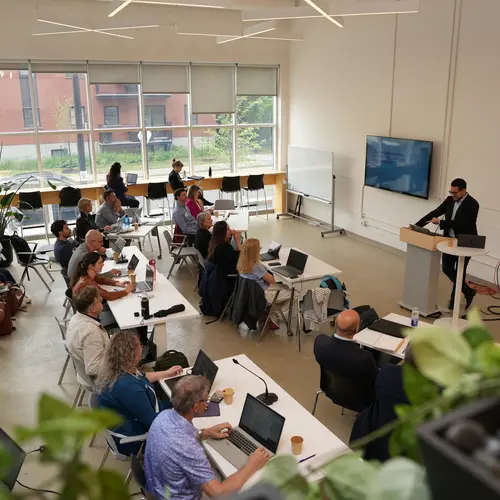
Amir-massoud Farahmand
Biography
Amir-massoud Farahmand is an associate professor at the Department of Computer and Software Engineering, Polytechnique Montréal and a core academic member at Mila - Quebec Artificial Intelligence Institute, as well as an associate professor (status-only) at the Department of Computer Science, University of Toronto. He was a research scientist and CIFAR AI Chair at the Vector Institute in Toronto between 2018–2024, and principal research scientist at Mitsubishi Electric Research Laboratories (MERL) in Cambridge, USA between 2014-2018. He received his PhD from the University of Alberta in 2011, followed by postdoctoral fellowships at McGill University (2011–2014) and Carnegie Mellon University (CMU) (2014).
Amir-massoud’s research vision is to understand the computational and statistical mechanisms required to design efficient AI agents that interact with their environment and adaptively improve their long-term performance. He has experience in developing Reinforcement Learning and Machine Learning methods to solve industrially-motivated problems as well.



